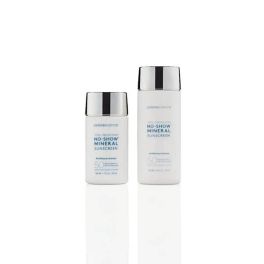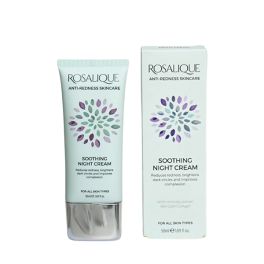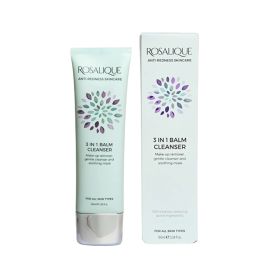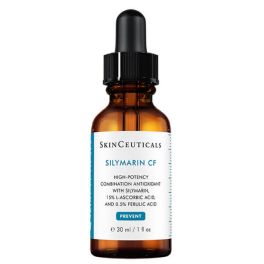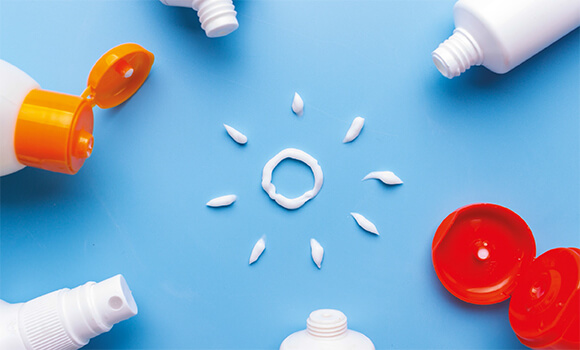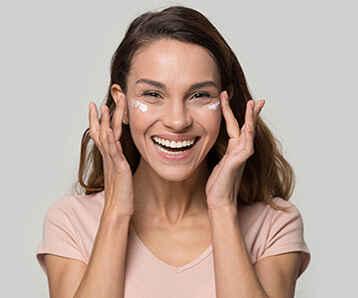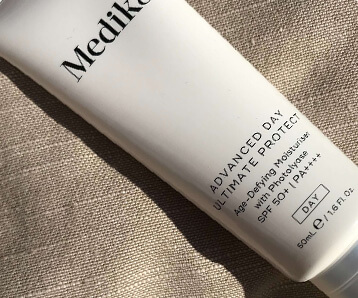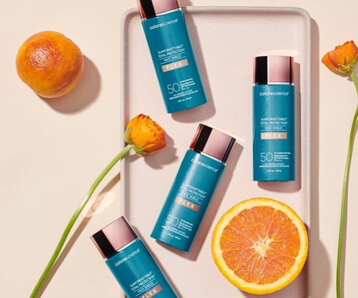What is an SPF rating? Posted on 9 May 2013
SPF stands for sun protection factor, but it specifically indicates protection against the ultraviolet B (UVB) rays that cause sunburn. The sun protection factor (SPF) gives an indication of the length of time it will take for UVB rays to redden your skin when you use a sun protection product compared to if the skin had no SPF on it.
This SPF number (rating) gives an idea of how long you can stay in the sun without burning.
Imagine that your skin normally begins to burn after 10 minutes in full sun without any protection. A SPF 30 sunscreen would provide 30 times the protection of no sunscreen.
That means 30 times longer before you start to burn, or in this case, 300 minutes. That's five hours, so one application should do it for the day, right? No! You should be re-applying sunscreen every one to two hours when outdoors, especially if swimming or sweating a lot. Even if the sunscreen has a SPF of 100, claims to be sweatproof and waterproof, and provides all-day protection, it needs to be re-applied to provide optimal protection."
Proper and repeated application is more important. Re-applying sunscreen does not start the clock over. More sunscreen just replaces what has worn off, rather than adding on more hours of protection.
Do higher SPF sunscreens really give you more protection?
The answer is YES and NO...
YES you can stay out longer without getting sunburn - provided you put on enough in the first place!
NO. Most people don’t apply as much sunscreen as recommended or needed, thus making an SPF 30 work more like an SPF 15. If you only start with an SPF 15, it’s more like an SPF 5.
It all depends on how much suntan lotion you use and how often you re-apply it.
So no - higher Sun Protection Factor numbers don't necessarily mean you're protected against UVA rays. There's very little difference in added protection, as the protection factor numbers go higher. However, that does not mean it's not worth it, because even small amounts of exposure can add up to a great deal of sun damage.
SPF-15-30-50 Guide
• 15- 1/15 of the UVB rays get through to your skin - blocking about 93%.
• 30- 1/30 of the UVB rays get through to your skin - blocking about 97%.
• 50- 1/50 of the UVB rays get through to your skin - blocking about 98%.
REMEMBER: Always make sure to choose a broad spectrum sunscreen as this will offer Ultraviolet (UVA) protection also.













